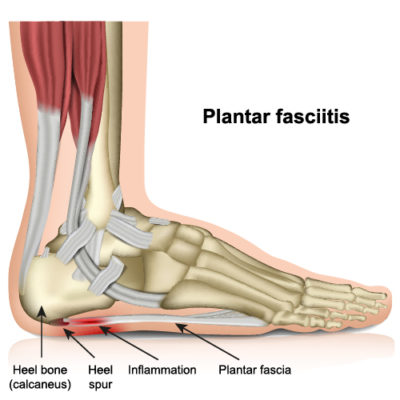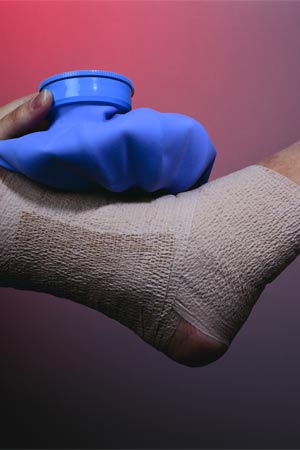
A lot of people suffer from plantar fasciitis. It's a fairly common condition that can affect anyone, from young to old and even people of both sexes. Many people don't know much about this type of foot problem.
Plantar fasciitis, also known as heel spurs, is a condition where there are pain and inflammation in the fascia which is found in and around the heel. The plantar fascia is the tissue in the uppermost foot used during foot movement and walking.
The plantar fascia attaches to the bottom of the heel bone (calcainus), and to the sole of your foot. It has a very important role in the normal movement of your foot and is what supports the arch of your foot. This ligament is also a major contributor to your arch stability by providing the springy and flexible structure that enables your feet to "bounce back" from any force applied to them. Plantar fasciitis occurs when the plantar fascia becomes inflamed and injured. The inflamed plantar fascia often causes pain and irritation around the heel area.
A plantar fasciitis treatment involves strengthening and stretching the plantar fascia as well as improving the quality of your footwear. You can improve your plantar fasciitis symptoms by simply wearing socks with a little more cushion than you normally do, or by wearing the correct type of shoes. Shoes with good arch support and a soft midsole and heel are often helpful in treating and preventing this condition.
Another plantar fasciitis treatment is orthotics. They help reduce the amount of pressure placed on the plantar fascia and are usually made up of several materials, like rubber, that are placed in a shoe to provide additional shock absorption and support.
Heel covering is another treatment for plantar fasciitis. They work by keeping the heel down while the feet lift off the floor, putting pressure on the joints of the plantar fascia to lift the heel and support it. It reduces pain and stiffness and also reduces inflammation.

You can take a variety of over-the-counter pain relievers such as acetaminophen and ibuprofen, which are known to help relieve pain and swelling
There are also nonsteroidal anti-inflammatory drugs that can be taken to relieve pain and inflammation. If pain persists for more than 72 hours, you may need to see a doctor.
Of course, there are also home remedies for plantar fasciitis, such as wearing compression stockings, such as those that hold the leg at ankle level, or wearing a specially designed splint for days or weeks, such as a heel splint. … If the condition persists during this period, you may need to see a doctor.
Pain relief is often very noticeable. However, if pain only occurs after exercise, you may need to increase your exercise intensity to increase your chances of pain relief.
If you have a foot injury, there are several other treatment options for plantar fasciitis, such as the use of splints. If pain and swelling persist even after using these methods, see your doctor.
One of the most important things to remember when treating plantar fasciitis is to prevent the problem from recurring in the first place. Excessive exercise and other factors can make your foot more susceptible to this condition. The best treatment is wear suitable shoes and change shoes regularly.
If plantar fasciitis does not go away on its own, you should see a doctor or podiatrist for a diagnosis. Once you understand what is causing it and what type of plantar fasciitis treatment is most appropriate, it will be easier for you to avoid future problems.
